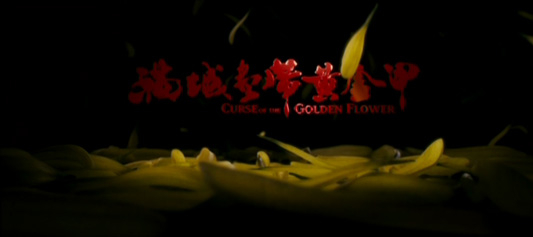Kirby Dick's documentary This Film Is Not Yet Rated is a critical examination of the MPAA, the organisation that controls America's film rating system. Ironically, it was submitted to the MPAA and rated 'NC-17', though the version in current circulation is longer than the original (with additional material concerning the director's reaction to his 'NC-17' rating), and is unrated
The MPAA (previously MPPDAA, whose founding president Will Hays instigated the prohibitive Hays Code in the 1930s) classifies films both at the cinema and on video (VHS, DVD, etc.). The organisation was established by the major Hollywood studios to self-regulate the film industry. Its current rating system dates from 1968, when increasing realism in studio films rendered the old Production Code obsolete.
MPAA film ratings are not a legal requirement, though in practice it is almost impossible for an unrated film to attract advertising or theatrical distribution. On video, unrated titles are not stocked by the largest chain stores, Blockbuster and Wal-Mart, as a matter of policy. So an MPAA rating is a commercial necessity.
The documentary concentrates almost exclusively on the 'NC-17' rating, which was introduced in 1990 as an alternative to the previous porn-tainted 'X' certificate. The problem with 'NC-17' films is the same as that of unrated films: mainstream media will not advertise them, and retailers will not sell them. Thus, 'NC-17' is a substantial commercial liability.
In the documentary, several filmmakers recount their frustrating experiences of receiving 'NC-17' ratings, unsuccessfully appealing against the decision, and cutting their films to reduce the rating from 'NC-17' to 'R'. (This was also the case with Kubrick's Eyes Wide Shut, and brief clips from the film are included in this documentary.) They contend that the MPAA operates a series of double standards regarding independent versus studio films and 'normal' versus 'unusual' sex scenes.
Matt Stone, co-creator of
South Park, discusses his involvement with the MPAA both inside and outside the studio system. He submitted the independent film Team America and received an 'NC-17', and when he asked why, he was told that specific details could not be provided. However, when he later submitted South Park as a studio production, and again received an 'NC-17', he was given a specific list of cuts required to achieve an 'R'. This kind of preferential treatment for studio films has always been (unconvincingly) denied by the MPAA.
Less persuasive is a series of juxtaposed gay and straight sex scenes of roughly equal explicitness, the gay scenes being rated 'NC-17' and the straight scenes 'R'. The MPAA may well be homophobic and sexist, as the juxtaposition suggests, though the sex scenes included in the documentary are decontextualised, so we have no idea what specifically necessitated the 'NC-17' ratings. (Partly, of course, this is because the MPAA does not disclose specific rating criteria.)
Generally, the MPAA tolerates graphic violence yet forbids sex and nudity. In contrast, the BBFC (Britain's classification board) takes the opposite approach. The MPAA is also more secretive than the BBFC. Jack Valenti, MPAA president from 1966-2004, was the public face of the organisation, defending its decisions though refusing to open it up to scrutiny. James Ferman, BBFC president from 1975-1999, similarly personally courted the media yet maintained the privacy of the BBFC itself. Now, however, the BBFC is a much more open organisation, while the MPAA still refuses to let down its guard.
Kirby Dick challenges the secrecy of the MPAA by hiring a private investigator to uncover the names of the raters who decide each film's classification. The investigator stakes out the MPAA headquarters, following raters and filming them surreptitiously, even going through their rubbish bins in the middle of the night. No laws are broken during the investigation, though when the same tactics were used by the Daily Mail on the BBFC in 1996 (after Crash was passed for UK exhibition), they were strongly condemned.
An 'NC-17' is box-office poison in America, though the reason for this (as
A Dirty Shame director John Waters points out in the documentary) is not the rating itself but the stigma attached to the rating (the same stigma associated with the previous 'X' rating), with distributors bowing to conservative/religious pressure-groups. If retailers stocked 'NC-17' films, the rating would be largely unproblematic. The alternative, to rate every adult film 'R', is unsatisfactory, as children can see 'R'-rated films if accompanied by adult guardians. Adding an extra classification, to denote explicit art films, is un-necessary, as that was the purpose of the 'NC-17' classification in the first place.

